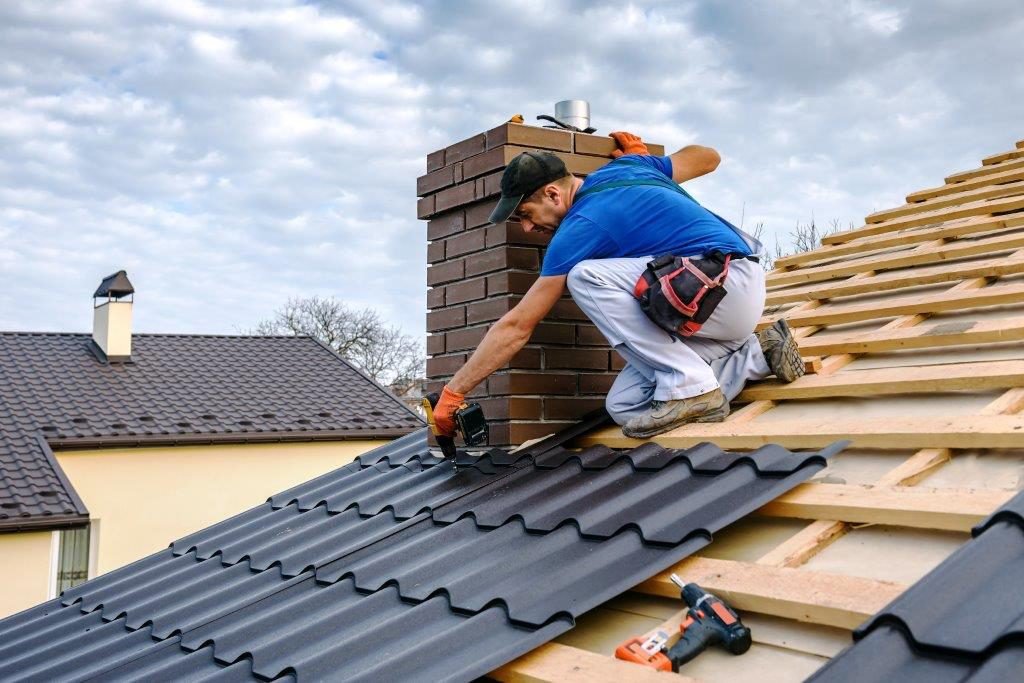Replacing a roof is more than just a repair—it’s an opportunity to transform the comfort, safety, and beauty of your home. A roof in poor condition can lead to leaks, energy loss, and even structural damage, but a well-planned replacement can completely elevate a property’s performance and appearance. We will explore how AAA’s residential roof replacements take homeowners on a journey from the frustration of persistent roofing issues to the satisfaction of a stunning, durable new roof. This step-by-step look will show how careful planning, attention to detail, and quality workmanship turn an essential maintenance task into a home improvement experience worth celebrating.
A Thorough Assessment of Roof Condition
The first step in any successful roof replacement is a detailed assessment of the existing roof’s condition. Roofers in Kansas City begin by inspecting every aspect—shingles, flashing, gutters, underlayment, and ventilation—to identify visible and hidden issues. Many homeowners may think their roof is fine because they don’t see obvious damage, but underlying problems such as water infiltration, cracked shingles, or sagging areas often go unnoticed. The inspection stage is also an opportunity to understand the cause of any leaks, as well as the extent of wear and tear from age or weather exposure. This thorough approach ensures that the replacement plan addresses every potential weak point instead of simply covering up the problem. With the right assessment, the process moves forward with clear expectations, an accurate budget, and a realistic timeline, setting the stage for a smooth transition to the installation phase.
Planning the Perfect Roof Design
Once the roof’s current state is understood, the planning stage begins. This is where style meets function. Homeowners have a chance to choose materials, colors, and design elements that align with the home’s architecture and their personal preferences. The choice of roofing materials can significantly influence not just appearance but also energy efficiency, durability, and maintenance needs. Options such as asphalt shingles, metal roofing, or architectural shingles each bring unique advantages. A thoughtful plan also considers elements like ventilation improvements, gutter upgrades, or enhanced insulation beneath the roofing layer. During this stage, homeowners and the project team collaborate to balance practical requirements with aesthetic goals. By investing time in careful planning, the replacement doesn’t just solve problems—it enhances the home’s curb appeal and overall value, ensuring that the final product is as visually appealing as it is functional.
Preparing the Home for Installation
Preparation is often overlooked, but it is crucial for a smooth installation. Before any shingles are removed, protective measures are put in place to safeguard landscaping, siding, and other exterior features from debris and potential damage. Tarps and coverings may be used around the home, and pathways are cleared to allow easy access for workers and equipment. Inside the home, homeowners may be advised to remove fragile items from walls or ceilings to prevent any vibrations from affecting them during the installation process. This stage also involves ensuring that all necessary permits are obtained, equipment is staged, and materials are ready on-site. By taking these preparatory steps seriously, the installation can proceed without unnecessary delays or avoidable mishaps. In the long run, this attention to preparation not only protects the property but also helps maintain a safe and organized work environment throughout the project.
Removing the Old Roof with Care
Tearing off an old roof may seem like a straightforward demolition task, but it is actually a process that requires precision and care. The removal team works systematically, stripping away old shingles, underlayment, and damaged flashing while ensuring that the underlying decking is preserved wherever possible. In some cases, hidden damage is uncovered during this stage—such as rotted wood, mold, or structural weaknesses—which must be addressed before the new roof can be installed. By handling the removal process meticulously, the installation team ensures that the new roofing system will have a strong, clean foundation. Proper disposal of old materials is also important, with debris sorted and removed promptly to keep the work area safe. This careful approach to removal not only protects the home but also allows the replacement roof to perform at its peak for years to come.
Installing a Durable and Beautiful New Roof
The installation phase is where the transformation truly begins. With the old roof removed and the structure prepped, the new materials are laid down with precision. This stage often starts with a moisture barrier or underlayment, followed by the placement of shingles or chosen roofing material in a methodical pattern to ensure proper alignment and sealing. Special attention is given to flashing around chimneys, skylights, and vents to prevent leaks in these vulnerable areas. Ventilation systems may also be upgraded to improve airflow in the attic, reducing heat buildup in summer and moisture accumulation in winter. The choice of colors and textures comes to life at this stage, creating a noticeable enhancement to the home’s appearance. Beyond just looks, a properly installed roof is built to withstand the elements, resist damage, and maintain its structural integrity over time, making this the most rewarding stage for homeowners.
A residential roof replacement is far more than a quick fix for leaks—it is a complete transformation that protects, enhances, and revitalizes a home. By moving through each stage methodically, from assessment and planning to preparation, removal, installation, and final inspection, homeowners enjoy a smooth process and a lasting result. Companies like AAA Midwest Roofing make this transformation possible with their commitment to detail, quality materials, and clear communication. The result is not only a stronger, leak-free roof but also an investment in the home’s value, energy efficiency, and visual appeal. By approaching roof replacement as a step-by-step journey, the end result feels less like a chore and more like a rewarding upgrade that brings both comfort and confidence to homeowners.

